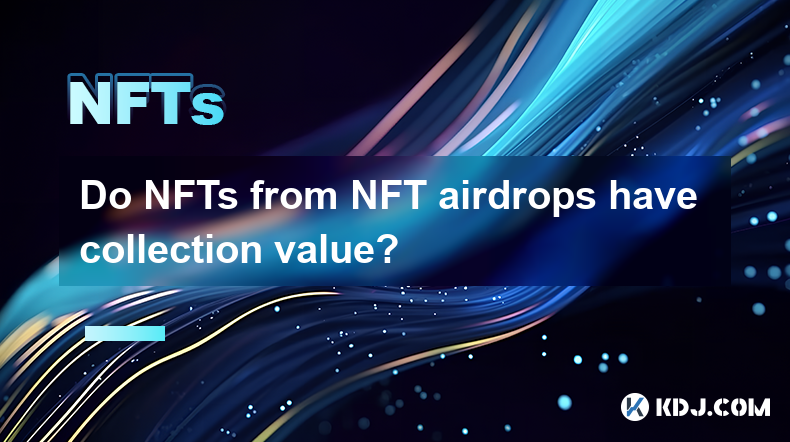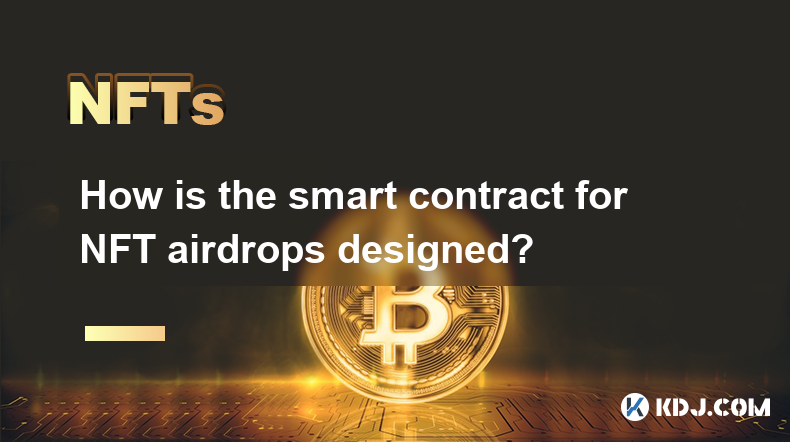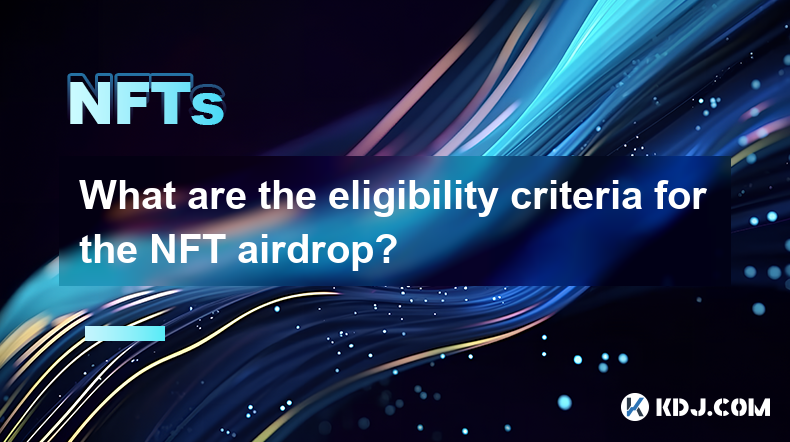-
 Bitcoin
Bitcoin $85,152.9731
0.24% -
 Ethereum
Ethereum $1,611.5456
0.79% -
 Tether USDt
Tether USDt $0.9999
0.02% -
 XRP
XRP $2.0789
-0.28% -
 BNB
BNB $593.2640
0.10% -
 Solana
Solana $140.8035
1.14% -
 USDC
USDC $0.9999
0.00% -
 Dogecoin
Dogecoin $0.1583
-1.00% -
 TRON
TRON $0.2434
0.83% -
 Cardano
Cardano $0.6303
-0.43% -
 UNUS SED LEO
UNUS SED LEO $9.3455
0.67% -
 Chainlink
Chainlink $13.0349
2.38% -
 Avalanche
Avalanche $19.8403
2.87% -
 Stellar
Stellar $0.2458
0.60% -
 Toncoin
Toncoin $2.9865
-0.38% -
 Shiba Inu
Shiba Inu $0.0...01232
-0.07% -
 Sui
Sui $2.1572
0.32% -
 Hedera
Hedera $0.1656
-0.82% -
 Bitcoin Cash
Bitcoin Cash $339.9264
0.67% -
 Hyperliquid
Hyperliquid $18.4790
4.72% -
 Polkadot
Polkadot $3.9089
4.77% -
 Litecoin
Litecoin $76.5967
0.17% -
 Bitget Token
Bitget Token $4.5966
2.91% -
 Dai
Dai $1.0000
0.00% -
 Ethena USDe
Ethena USDe $0.9992
-0.01% -
 Pi
Pi $0.6497
-0.76% -
 Monero
Monero $218.3089
1.81% -
 Uniswap
Uniswap $5.3236
1.29% -
 Pepe
Pepe $0.0...07515
2.56% -
 OKB
OKB $50.7857
0.26%
How do NFT Interoperability Standards enable cross-chain NFT transactions?
NFT interoperability standards, using bridges and token wrapping, aim to enable cross-chain NFT transfers, overcoming blockchain silos. However, security and scalability remain key challenges hindering seamless transactions.
Mar 05, 2025 at 09:30 am

Key Points:
- NFT interoperability standards aim to solve the problem of NFTs being siloed within specific blockchains.
- Several standards are emerging, each with its own approach to enabling cross-chain NFT transfers.
- These standards involve bridging technologies, token wrapping, and standardized metadata formats.
- Challenges remain in achieving seamless cross-chain NFT transactions, including security and scalability concerns.
- The future of NFT interoperability hinges on widespread adoption of a dominant standard or a collaborative approach.
How do NFT Interoperability Standards enable cross-chain NFT transactions?
Non-fungible tokens (NFTs) have exploded in popularity, but a significant limitation has been their confinement to individual blockchains. An Ethereum NFT, for instance, can't be directly used on Solana or Polygon. This lack of interoperability hinders broader NFT adoption and limits the potential for innovative applications. NFT interoperability standards aim to address this by creating mechanisms for seamless transfer of NFTs across different blockchain networks.
Several approaches are being explored to achieve cross-chain NFT transactions. One common method involves using bridges. These bridges act as intermediaries, transferring the ownership information of an NFT from one blockchain to another while maintaining its uniqueness and provenance. However, security is paramount; a compromised bridge can lead to significant losses.
Another approach involves token wrapping. This process creates a representation, or "wrapped NFT," on a target blockchain that mirrors the original NFT. The wrapped NFT acts as a proxy, allowing users to interact with the NFT on the new chain without actually moving the underlying asset. The challenge here lies in ensuring that the wrapped NFT accurately reflects the state of the original NFT.
Standardized metadata is crucial for interoperability. If all blockchains use a consistent format to describe NFTs, it becomes much easier to transfer and interpret NFT information across different networks. This standardization simplifies the development of cross-chain applications and tools. However, agreeing on a universal standard is a significant hurdle in itself.
The process of transferring an NFT across chains using a bridge typically involves several steps:
- Initiating the transfer: The user initiates the transfer on the source blockchain, specifying the destination chain and the NFT to be transferred.
- Locking the NFT: The NFT is locked on the source chain, preventing further actions until the transfer is complete.
- Minting the wrapped NFT: A corresponding wrapped NFT is minted on the destination chain, representing the original NFT.
- Unlocking the NFT (optional): In some cases, the original NFT may remain locked on the source chain, while in others it might be burned after the wrapped NFT is minted.
- Receiving the wrapped NFT: The user receives the wrapped NFT on the destination chain, granting them ownership and the ability to use it within that ecosystem.
The security of these cross-chain transfers is critical. Bridges are vulnerable to attacks, particularly if they lack robust security measures. This is a significant area of research and development within the NFT space. Furthermore, the scalability of these bridging mechanisms is another challenge, as high transaction volumes can lead to congestion and increased costs.
Different standards are emerging to address interoperability. Some are focused on specific pairs of blockchains, while others aim for broader compatibility. The lack of a universally adopted standard presents both opportunities and challenges. The emergence of a dominant standard could streamline the process, but it could also stifle innovation and limit choices for developers and users.
Common Questions:
Q: What are the risks involved in cross-chain NFT transactions?
A: The primary risks include the security vulnerabilities of bridges, the potential for loss of funds due to technical glitches or malicious attacks, and the risk of wrapped NFTs not accurately reflecting the original NFT's status. Smart contract vulnerabilities on either chain are also a major concern.
Q: How do NFT interoperability standards differ from each other?
A: Different standards employ varying methods for bridging, wrapping, and metadata management. Some prioritize specific blockchain pairings, while others strive for broader compatibility. Differences in security models and scalability approaches also exist.
Q: What are the benefits of cross-chain NFT transactions?
A: The main benefits include increased liquidity for NFTs, wider access to NFT marketplaces and applications, the potential for new hybrid DeFi applications leveraging NFTs across multiple chains, and greater accessibility for users across different blockchain ecosystems.
Q: Will a single, universally accepted standard emerge for NFT interoperability?
A: It's uncertain whether a single, universally accepted standard will emerge. The possibility exists for a dominant standard to emerge, or for a collaborative approach to develop interoperable solutions, potentially involving multiple standards coexisting and interoperating.
Q: How does the development of NFT interoperability standards affect the NFT market?
A: The development of these standards significantly impacts the NFT market by increasing liquidity, expanding accessibility, fostering innovation through cross-chain applications, and ultimately driving greater adoption and market maturity. It helps bridge the gap between isolated NFT ecosystems.
Q: What are some examples of projects working on NFT interoperability standards?
A: Several projects are actively developing and implementing NFT interoperability solutions. While specific projects evolve rapidly, researching projects focused on cross-chain bridges and standardized metadata formats will reveal current leaders in this space. Many are focused on specific blockchain ecosystems initially.
Disclaimer:info@kdj.com
The information provided is not trading advice. kdj.com does not assume any responsibility for any investments made based on the information provided in this article. Cryptocurrencies are highly volatile and it is highly recommended that you invest with caution after thorough research!
If you believe that the content used on this website infringes your copyright, please contact us immediately (info@kdj.com) and we will delete it promptly.
- 3 Cryptocurrencies Promise to Make You a Millionaire by 2025
- 2025-04-20 11:55:12
- In Its Recent Network Updates, an Ethereum (ETH) Core Developer Has Highlighted Five Key Projects the Blockchain
- 2025-04-20 11:55:12
- TON (BTC) Breakout Presents Opportunity to Explore Long Positions
- 2025-04-20 11:50:13
- Ethereum (ETH) Core Developers Highlight 5 Key Projects the Blockchain Is Working on
- 2025-04-20 11:50:13
- MAGACOIN FINANCE: THE NEW ROI DARLING?
- 2025-04-20 11:45:13
- Rich Dad Poor Dad author Robert Kiyosaki recently predicted that Bitcoin will surpass the price of USD 1 million by 2035.
- 2025-04-20 11:45:13
Related knowledge

How to display and trade NFTs from NFT airdrops?
Apr 18,2025 at 04:42am
How to Display and Trade NFTs from NFT Airdrops? NFT airdrops have become a popular way for projects to distribute their tokens and engage with their community. If you've received NFTs through an airdrop, you might be wondering how to display and trade them. This article will guide you through the process step-by-step, ensuring you can showcase your NFT...

Do NFTs from NFT airdrops have collection value?
Apr 18,2025 at 11:49pm
NFTs, or non-fungible tokens, have become a significant part of the cryptocurrency ecosystem, and NFT airdrops are one way for projects to distribute these digital assets to their community. A common question that arises is whether NFTs received from airdrops have any collection value. To answer this question, we need to delve into various aspects of NF...

How is the smart contract for NFT airdrops designed?
Apr 18,2025 at 03:10am
The design of a smart contract for NFT airdrops is a complex process that requires careful consideration of various factors to ensure the airdrop is executed smoothly and securely. This article will delve into the intricacies of how such a smart contract is designed, focusing on key components, security measures, and the implementation process. Key Comp...

What are the eligibility criteria for the NFT airdrop?
Apr 17,2025 at 04:56pm
Understanding NFT AirdropsNFT airdrops are a popular method used by blockchain projects to distribute non-fungible tokens (NFTs) to their community members. These airdrops can serve various purposes, such as rewarding loyal users, promoting new projects, or increasing the visibility of existing ones. To participate in an NFT airdrop, individuals must me...

How to protect the copyright of artworks on NFT platforms?
Apr 19,2025 at 06:28am
The rise of Non-Fungible Tokens (NFTs) has revolutionized the way digital art is created, bought, and sold. As artists increasingly turn to NFT platforms to showcase and monetize their work, protecting the copyright of these artworks becomes a crucial concern. This article explores various strategies and tools that artists can use to safeguard their int...

How to attract artists and creators to join the NFT platform?
Apr 18,2025 at 02:50pm
Attracting artists and creators to join an NFT platform is crucial for its success and growth. By understanding their needs and offering unique features, you can create a thriving community of digital artists and content creators. In this article, we will explore several strategies to entice artists and creators to join your NFT platform. Understanding ...

How to display and trade NFTs from NFT airdrops?
Apr 18,2025 at 04:42am
How to Display and Trade NFTs from NFT Airdrops? NFT airdrops have become a popular way for projects to distribute their tokens and engage with their community. If you've received NFTs through an airdrop, you might be wondering how to display and trade them. This article will guide you through the process step-by-step, ensuring you can showcase your NFT...

Do NFTs from NFT airdrops have collection value?
Apr 18,2025 at 11:49pm
NFTs, or non-fungible tokens, have become a significant part of the cryptocurrency ecosystem, and NFT airdrops are one way for projects to distribute these digital assets to their community. A common question that arises is whether NFTs received from airdrops have any collection value. To answer this question, we need to delve into various aspects of NF...

How is the smart contract for NFT airdrops designed?
Apr 18,2025 at 03:10am
The design of a smart contract for NFT airdrops is a complex process that requires careful consideration of various factors to ensure the airdrop is executed smoothly and securely. This article will delve into the intricacies of how such a smart contract is designed, focusing on key components, security measures, and the implementation process. Key Comp...

What are the eligibility criteria for the NFT airdrop?
Apr 17,2025 at 04:56pm
Understanding NFT AirdropsNFT airdrops are a popular method used by blockchain projects to distribute non-fungible tokens (NFTs) to their community members. These airdrops can serve various purposes, such as rewarding loyal users, promoting new projects, or increasing the visibility of existing ones. To participate in an NFT airdrop, individuals must me...

How to protect the copyright of artworks on NFT platforms?
Apr 19,2025 at 06:28am
The rise of Non-Fungible Tokens (NFTs) has revolutionized the way digital art is created, bought, and sold. As artists increasingly turn to NFT platforms to showcase and monetize their work, protecting the copyright of these artworks becomes a crucial concern. This article explores various strategies and tools that artists can use to safeguard their int...

How to attract artists and creators to join the NFT platform?
Apr 18,2025 at 02:50pm
Attracting artists and creators to join an NFT platform is crucial for its success and growth. By understanding their needs and offering unique features, you can create a thriving community of digital artists and content creators. In this article, we will explore several strategies to entice artists and creators to join your NFT platform. Understanding ...
See all articles























































































